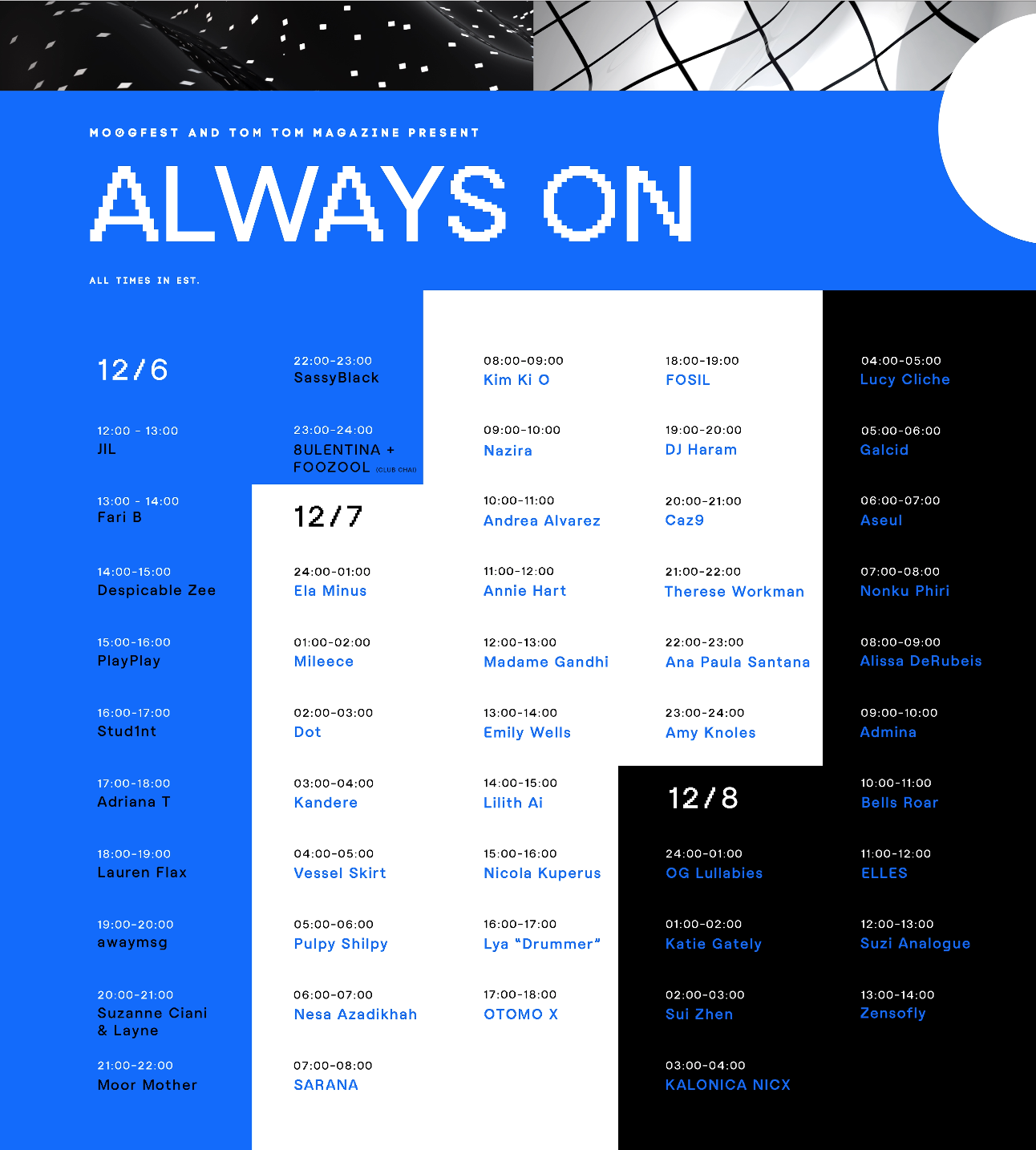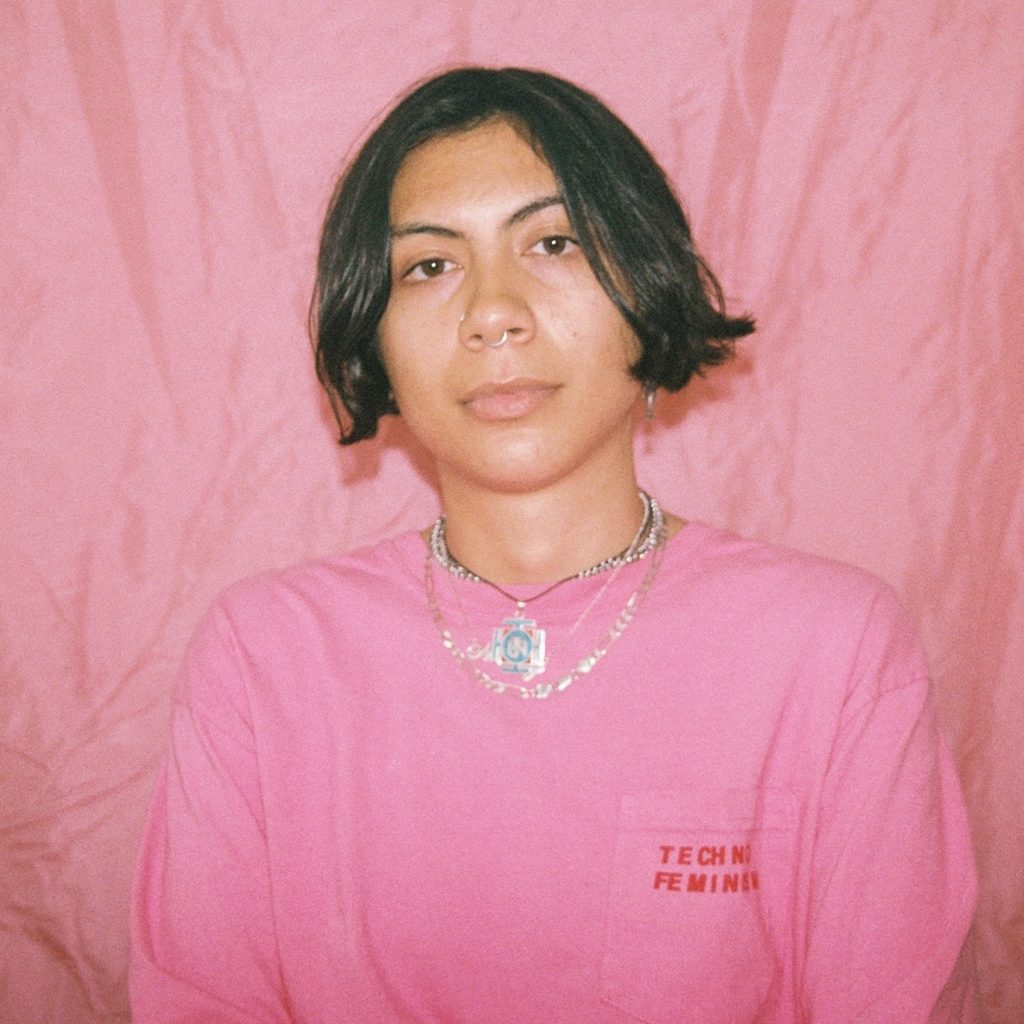By Jasmine Bourgeois
Tom Tom got the chance to chat with some of the artists participating in Always On, a 50-hour livestream with continuous performances from female, transgender, and non-binary artists. We partnered with Moog to present this livestream to highlight the abundance of female, transgender, and non-binary artists creating and performing electronic music and beats around the world. The livestream runs until to 2:00pm ET on December 8, 2017. Check out the artists below and be sure to follow their social media pages!
Stud1nt
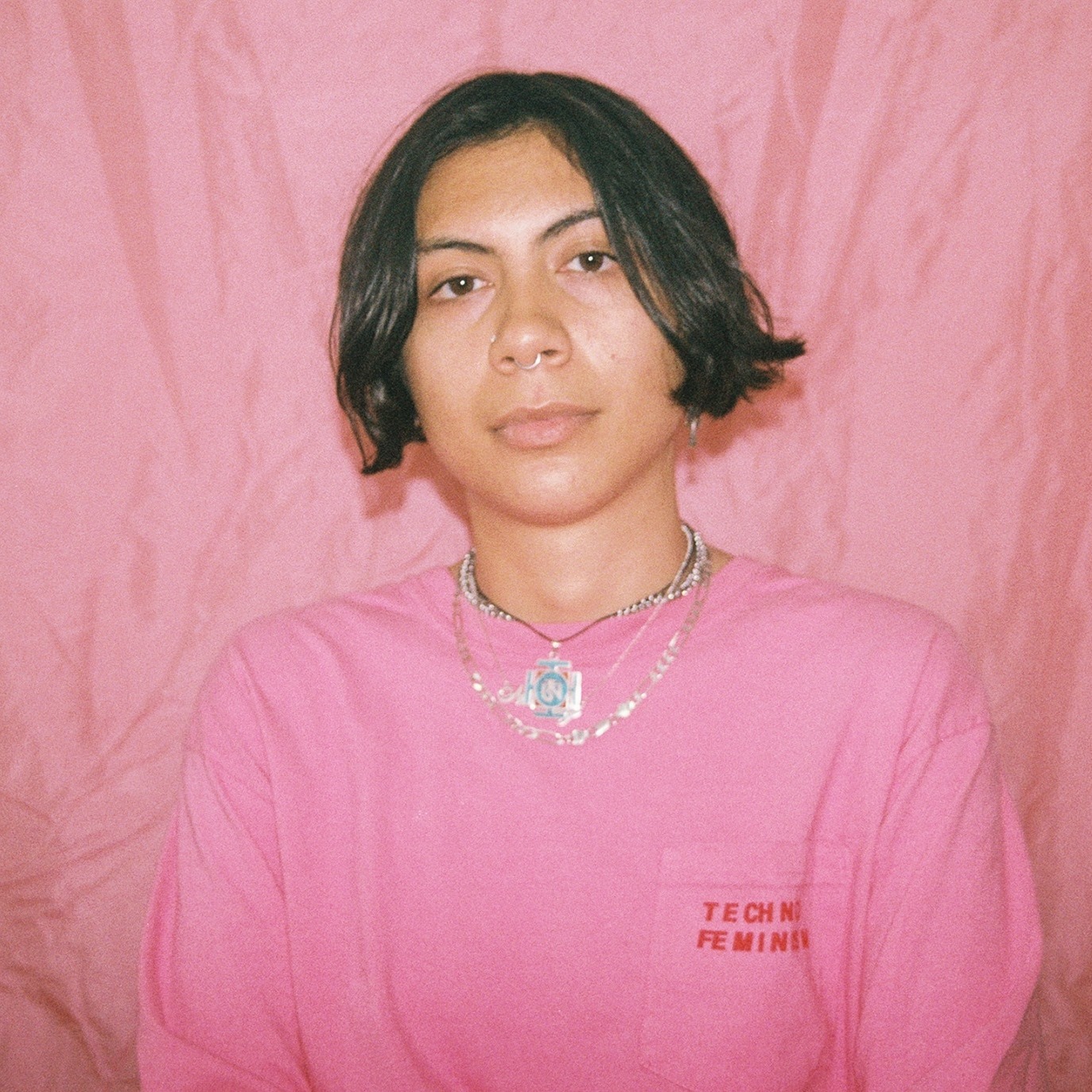
Queens-native Izzy Barreiro DJs and produces electronic music as stud1nt. They started playing music as a child, trained first in piano and later guitar. After experimenting with digital music production in college, Izzy started focusing their artistic energy into a combination of house, techno, and dance. Izzy’s interested in connections and relationships in music; drawing lines between different genres across time to produce new and “disorienting” beats that beam with a unique sort of warmth and curiosity. Their work has been featured in a number of magazines, including Pitchfork, the Fader, and FACT Magazine. They’ve also performed at noteworthy venues that include MOMA PS1 and the Boiler Room, among others.
“I’m just trying to make connections between stuff and make stuff feel intertextual and put things together you didn’t think had any kind of way to play together.”
Could you introduce yourself? Name, age, pronouns, where you’re from?
My name’s Izzy. I’m from New York, I was born and raised in Queens. I’m 25 and I use they/them pronouns.
How did you get into music? How did that progress into electronic music?
My mom forced me into it. It was kind of typical immigrant parent stuff where you have to learn an instrument. I started playing piano as a young kid; but then I heard guitar and thought it was so much cooler so I quit piano and got into guitar. I didn’t do electronic stuff when I was younger. I got into electronic music at the end of high school when I started going to Ray’s in Brooklyn and Ghetto Gothic; that’s when I started playing electronic music. College is when I really started; I was bored in the middle of Vermont so I downloaded ableton and started playing with it.
What is the appeal of electronic music for you?
Electronic music now is such a broad genre. You can record instrumentals, piano, guitar and process it electronically through the software and suddenly it becomes electronic and has this additional component to it. I really love the flexibility of it and the way it turns something into something else. It’s a portal for making things weirder than they even are. Personally, I find it really liberating to have so much control over my editing process and my arrangement process. It’s kind of a fun process; it just makes the process of making music more weird and accidental. And it’s just fun to dance to also [laughs]. It’s cool to dance to techno and it’s really oriented for that which is nice.
Who are some of the artists who have influenced your sound?
I would say Arca, Aphex Twins, Jay Lin, and Missy Elliot. I’ve actually been influenced a lot by people who haven’t done electronic music at all; like Bill Evans. More often than not I’m more influenced by people that do cool things in their own genre.
How would you describe your sound to someone who’s never heard you before?
My DJing is different from my original music. I’m really interested in creating relationships within and across genres and there’s so much music that speaks to each other across generations; like the relationship between house, techno and disco. I’m just trying to make connections between stuff and make stuff feel intertextual and put things together you didn’t think had any kind of way to play together. The sound itself when I’m DJing in a club, it can be disorienting but I try to get people really interested in dancing to something recognizable but still jarring. I try to keep it fun but it might be disorienting sometimes. For my own productions, I struggled a lot knowing whether I wanted to make house music or not and I don’t always think I do. With my own stuff, I’m way more interested in harmony and melody and I’m influenced more by soul and funk and things with a warmth to them; which sometimes dance music can’t provide. [Dance] can be really 3d-esque and digital.
For you, personally, what’s it like to be a part of Always On?
It’s amazing. I was kind of shocked when I heard about it. I think it’s amazing that there are so many things cropping up. There are so many intentional things about it — it’s putting people who haven’t been able to be visible front and center; and they’re being given resources to showcase their talent. It’s amazing; it’s so cool. I mean Moog has always been at the forefront of electronic music and Tom Tom is just badass and has been supporting women from the start. I don’t think representation always changes everything, but it surely makes a difference in how young people visualize themselves in what they can do in any artistic capacity. I feel very happy about it.
Keep Up With stud1nt
Soundcloud/Twitter/Facebook
ZenSoFly
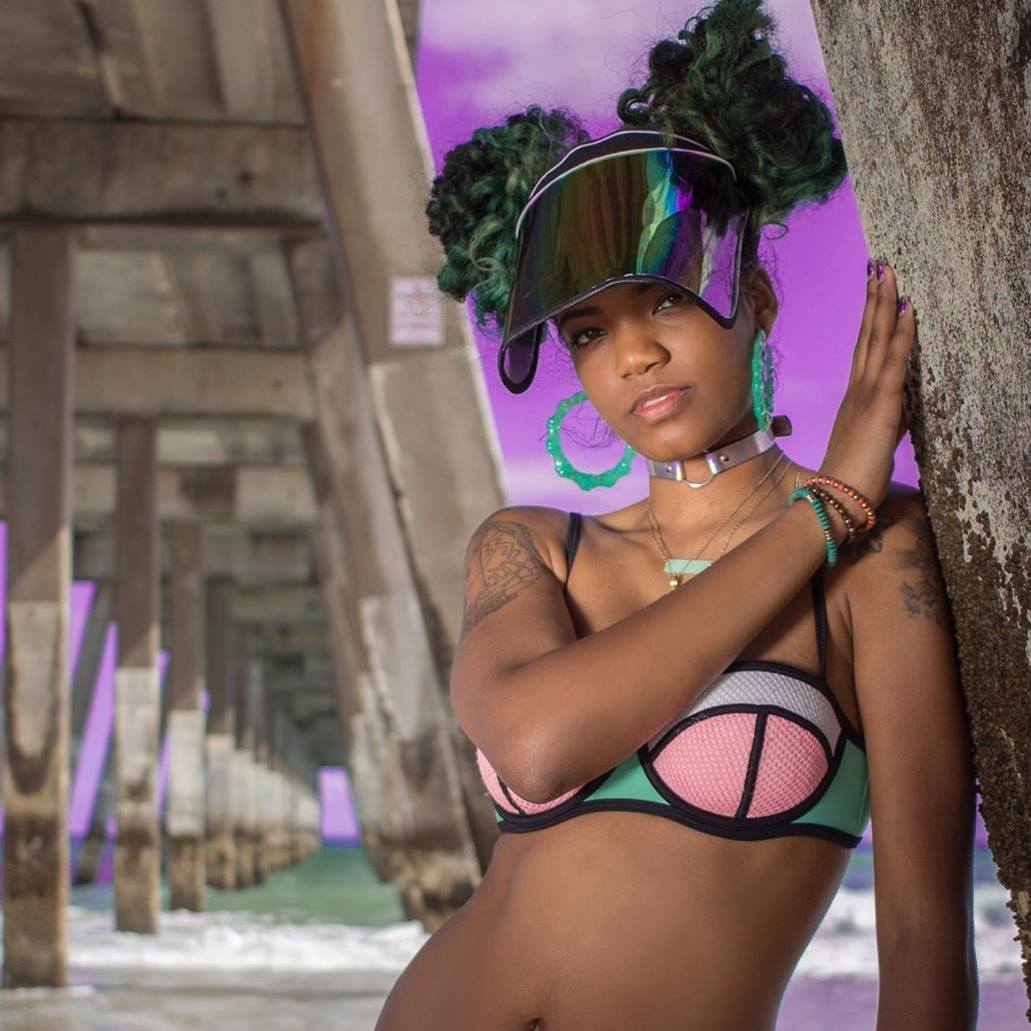
Zen got her start in music through trapstep pioneers Watch the Duck as a DJ. After realizing how much freedom and flexibility she had working in the world of electronic composition, she decided to start producing her own music and create original sounds that nobody else was making. She has been making music for about three years and is quickly making her way to the top of the game. Since 2016, she has dropped two fierce EPs and played alongside artists like Run the Jewels, Solange, Mykki Blanco, Junglepu$$y, Sylvan Esso, and more.
“If you have a vision or something that you want to do, just go for it. Nobody’s stopping you. I’m self-taught, I’ve used youtube to learn everything. If you wanna do something go for it.”
Could you introduce yourself? Name, pronouns, where you’re from?
My name is Zen, I’m from Raleigh, North Carolina, I identify as female.
How did you get into music? How did that progress into electronic music?
I was one of the shy kids and I spent a lot of time on my own. When I was living in Georgia I ran into a group called Watch the Duck, and they got me started in DJing. Eventually that lead to production because I wanted to play stuff that nobody else had. I’ve been making music for about 3 years now.
What is the appeal of electronic music for you?
It’s so exciting. It’s an anything-goes type of genre. I like that I can do pretty much do whatever I want with it; it’s fun.
For you, personally, what’s it like to be a part of Always On?
It’s very exciting; this is the first time I’ve done anything like this. I’m a little nervous [laughs], but the excited feeling overrides everything.
Keep Up With ZenSoFly
Twitter/Facebook/Instagram
Suzanne Ciani
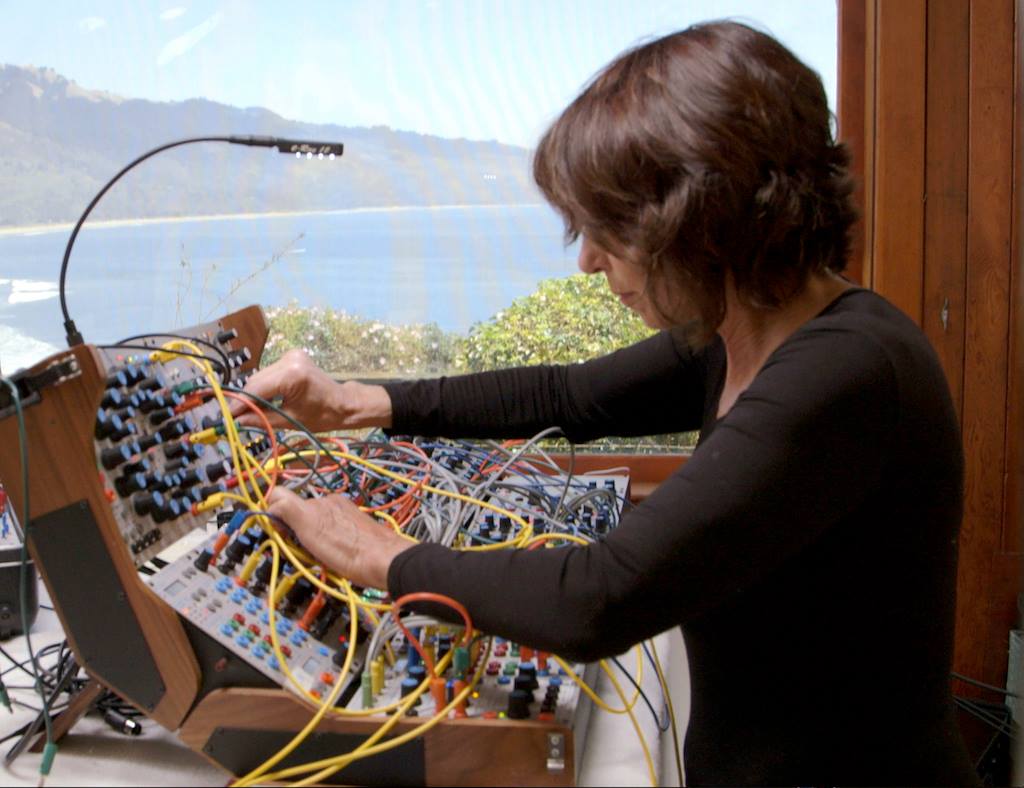
Suzanne Ciani has an illustrious career in the world of electronic music and sound. As one of the pioneers of electronic music, she founded her own company and record label, has produced sound logos for major corporations like Coca-Cola and General Electric, has composed scores and sound effects for film and TV, is a five-time Grammy nominee, and has received a number of prestigious awards and honors for her work, including the National Academy of Recording Arts and Sciences’ Most Valuable Synthesizer Player Award, Keyboard Magazine’s Best New Age Keyboardist, and the 2017 Moog Music Innovation Award. Some of her pieces — notably, the Coca-Cola pop n’ pour logo — have become subtle staples in American pop culture; other pieces have helped pave the way for modern experimental electronic music.
“When I played in the 60’s and 70’s, nobody understood it[electronic music]; so now it’s very exciting because there’s a shared awareness of what’s going on.”
How did you get into music? How did that progress into electronic music?
I started as a child playing piano in my house. I knew I loved music; I was a music major in college at Wellesley and then got a graduate degree in composition at UC Berkeley. At Berkeley, I met Don Buchla, John Chowning, and Max Mathews; who all did computer music, so I studied with them also at Stanford. I was in the right place at the right time because the Bay Area had a lot of possibilities at that time.
As one of the pioneers of electronic music, what do you think of the ways it has evolved ?
I’m very excited about this period of electronic music. It’s the first time there has been an educated audience. When I played in the 60’s and 70’s, nobody understood it; so now it’s very exciting because there’s a shared awareness of what’s going on. It’s also a very big field — it has many different departments; from DJ and dance, techno and house, to live modular, and of course the area I care about the most is the live modular.
For you, personally, what’s it like to be a part of Always On?
I know Wendy Carlos and have had a wonderful relationship with her over the years, it’s wonderful. In the end, this is honoring her work and her role in inspiring so many artists so that’s very special to me. Also, I think it’s really kind of a breakthrough event because the idea of livestreaming so many performances over 48 hours is just mind-boggling. It’s kind of like a moon launch so that’s exciting.
I think this event is on the forefront of what’s possible in live shared community. And the fact that it’s all women, trans and non-binary artists is just fantastic because I think we are all an important force in this field; and it’s wonderful to have a forum where we can appreciate that.
Keep Up With Suzanne Ciani
Twitter/Facebook/Instagram
Katie Gately
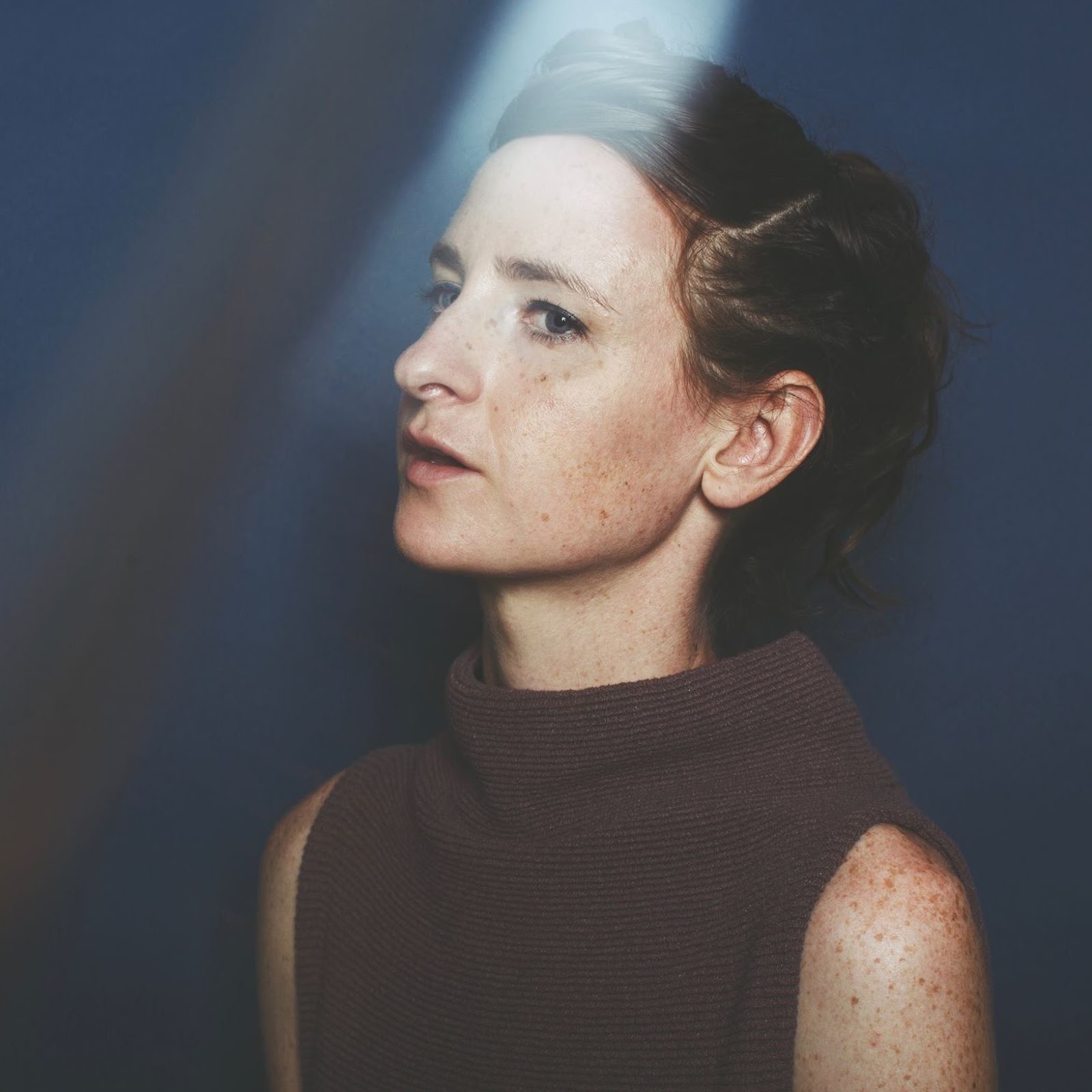
Katie Gately weaves sounds together to make music that’s bright, poppy, and charmingly peculiar. She started her career in radio and later moved to sound design and music production after experimenting with Ableton software. Since then, she has carved a name for herself in the electronic music scene with her hypnotic synth-pop tunes. She meshes vibrant vocals and experimental harmonies together; bringing life into any space and perfectly balancing the ambience and exploration of avant-garde noise with the zest and groove of techno. Katie has been featured and reviewed in a number of publications, including Pitchfork, Pop Matters, The Wire, and the Guardian.
“…I realized I wanted freedom from screens and images. I wanted to play with sound freely as its own untethered leader.”
Could you introduce yourself? Name, age, pronouns, where you’re from?
I’m Katie Gately. Physically, I read as a grown woman and I go by “she”. Spiritually, I probably stopped developing around the age of 11. I’ve never worn lipstick or high heels and still believe Oreos constitute as an acceptable breakfast. I’m based in Los Angeles.
How did you get into music? How did that progress into electronic music?
Music fandom was my teenage identity. In college, I became music director of the campus radio station and got introduced to mixing consoles and Pro Tools. This piqued my interest in sound engineering and lead me to pursue sound design in graduate school. After some time there, I realized I wanted freedom from screens and images. I wanted to play with sound freely as its own untethered leader. In 2012, I took a music production class using Ableton Live and things spiraled towards electronic music from there.
What is the appeal of electronic music for you?
For me, the appeal lies in the abundance of potential deformities! The ability to transform and re-build a simple acoustic sound into a new identity and sometimes a whole landscape. I love how accidents and mistakes can take on whole lives when you loop them and embrace them as motifs and repeated patterns.
How would you describe your sound to someone who has never heard you before?
Prickly, colorful and processed. Influenced by sound design and compulsive experimentation.
For you, personally, what’s it like to be a part of Always On?
Really awesome. I just wish the 48 people participating all lived in my neighborhood so we could hang out in 3D space. It’s[electronic music] such a dude zone. Thanks for doing this, it’s a wonderful idea.
Keep Up With Katie Gately
Soundcloud/Twitter/Facebook/Instagram/Spotify/iTunes
